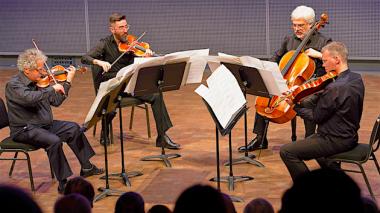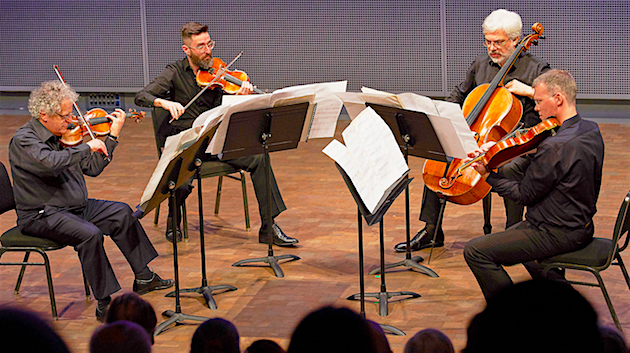
Before hearing a premiere, I like to prime myself by listening to as much music by the composer as I can. But it was remarkably difficult to do preconcert research on the program of microtonal music presented by the Arditti Quartet on Saturday. There are very few recordings of the music of Ivan Wyschnegradsky — a composer who has been dead for 40 years — and few people left to champion his works.
It happens that local composer Charles Amirkhanian is one of these people. The co-founder of Other Minds Festival was inspired after meeting Wyschnegradsky in the early ’70s, and Saturday’s concert (presented by Other Minds) saw his dream realized in the form of five U.S. premieres. The Arditti musicians (Irvine Arditti and Ashot Sarkissjan, violins; Ralf Ehlers, viola, and Lucas Fels, cello) were the angels. These formidable pioneers of new music continue in fine form.
Born in 1893 in St. Petersburg, Wyschnegradsky left Russia in 1919 to commission a quarter-tone piano — the first instrument of its kind, and so prohibitively impractical for the widespread dissemination of his music. Playing quarter tones on string instruments, on the other hand, is uncomplicated, and Arditti recorded the quartets in 1990. Yet apparently, no one before Amirkhanian had ever asked them to perform this music live — and the album is out of print.
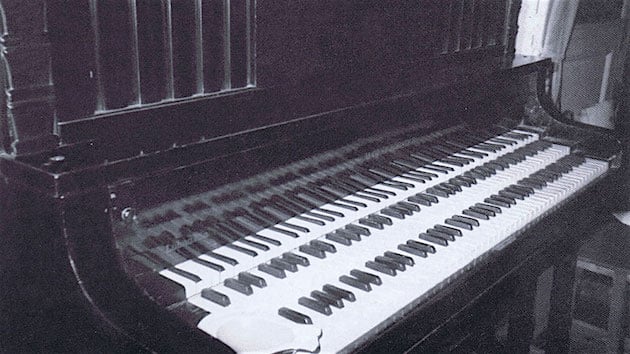
Saturday’s revival, at the War Memorial’s Atrium Theater, took the audience through several decades of Wyschnegradsky’s work. The first two quartets, in particular, have a classicism of form and texture. In Quartet No. 1 (1924, rev. 1954), the first violin often rides on high, as in a Haydn slow movement. In another passage, each musician, alone, plays a pitch one quarter-tone above the last: a gentle game of one-upping.
In its harmonic language, though, the music is ultra-expressive. Rhapsodic bursts of tuplet arpeggios (even if I can’t quite classify the chords in question) sound like Second Viennese composers in their youths. The compact, charismatic second quartet (1931) mixes unfamiliar combinations of pitches with familiar gestures; one motif in the finale sounds like a lick from Liszt’s Faust Symphony.
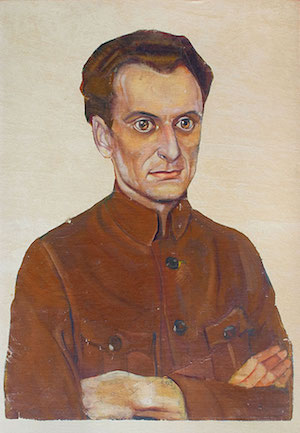
In fact, Wyschnegradsky didn’t describe his music as microtonal; he preferred the term ultrachromatic. It’s a distinction that feels meaningful. On Saturday, his pitch shading seemed like a natural extension of the expressive intonation (a sharper sharp here, a flatter flat there) string players instinctively use to heighten the push-pull of dissonance and resolution in Romantic and even Classical music.
To conceptualize quarter tones, the entry-level interval of mainstream microtonality, it’s useful to picture the piano: imagine that each key has split in half, so that the octave’s 12 steps have become 24 smaller ones.
That’s the extent of the micro- we heard on Saturday — but in other works, Wyschnegradsky divided the octave into as many as 72 steps. I can hardly comprehend what magic that might make for four string instruments.
There’s equal splendor without the microtones. In the context of this program, the close-set chords in Quartet No. 3, whose smallest interval is a half-step, sounded newly translucent. The five-note ostinato and frequent use of open string drone create a texture that’s both mellow and ascetic.
Wyschnegradsky’s string trio shows yet another side. This work — written in his last year, and perhaps left unfinished — is terse and economical, heavy in mood yet exquisitely fragile. The music feels precarious: Wide melodic intervals, played individually, are utterly exposed.
These variations are introspective in a way that recalls Beethoven’s end-of-life works. At one point, a passage played sul ponticello (bowed near the bridge) sounds like a faint reminiscence of a moment near the end of the first quartet.
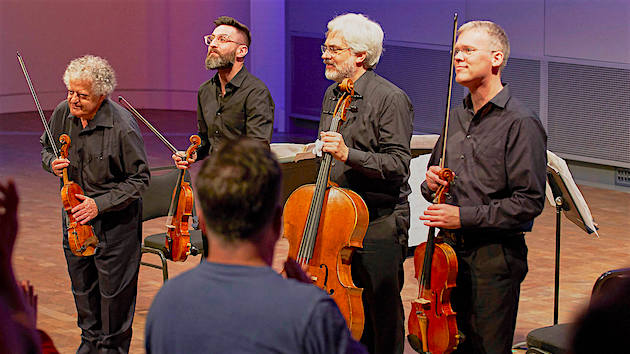
In fact, there’s a kind of furtive tonality in some of these works, one that reminds me of — without being very much like — contemporary quartets by Alexandre Tansman and Karol Szymanowski. Actually, Wyschnegradsky’s most important influence was probably Scriabin, who was a short generation older.
And who drew from Wyschnegradsky? Arditti closed the program with Georg Friedrich Haas’s second string quartet (1998), whose long tones slouch into telescoping chords that suspend time. The work is mesmerizing to a degree more extreme than almost anything in Wyschnegradsky’s music — like a grandchild, both totally dissimilar from, and owing its existence to, the first.

